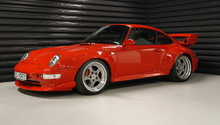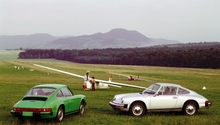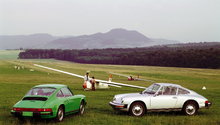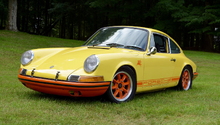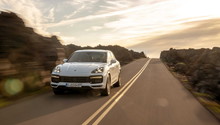Porsche 997: How to Maximize MPG
Increasing your MPG is a good way to save a few dollars and stretch your budget. Give yourself a little more drive time by following these simple steps.
This article applies to the Porsche 997 (2005-2012).
In any economic climate, saving money is at the top of most people's list. Whether you drive a Porsche, Lexus or Honda, squeezing an extra mile or two per gallon of gas is always a great way to get the most out of your money spent at the pump. Making sure that your car is properly maintained is the best way to stretch those miles. There are a few other things that you can do to get the most MPG. The biggest difficulty that you will face as a Porsche owner is driving in a fashion that will get you the best MPG. You own a high-performance screaming machine, so set your expectations low and you'll be satisfied. If you don't drive like you are on a racetrack, then follow these simple steps to stretch that MPG to the highest range possible.
MPG Savers
Cruise Control
Using your cruise control is arguably the best way that you can maximize your fuel consumption. This is, of course, assuming that you are not setting your cruise control at 90 MPH. Your cruise control, which is located near your steering wheel, locks in the speed at which you set it. Bring your Porsche up to the desired cruising speed, set the cruise control, and relax your lead foot. The cruise control will keep you at a constant speed in the best way possible, using slight increases in the accelerator when going uphill and backing off just the same. This is much better and more consistent than mere humans can do, and the smaller increases in acceleration RPMs the better as far as gas consumption is concerned. Cruise control is, of course, meant for highway driving or driving in very light traffic with little to no stopping.
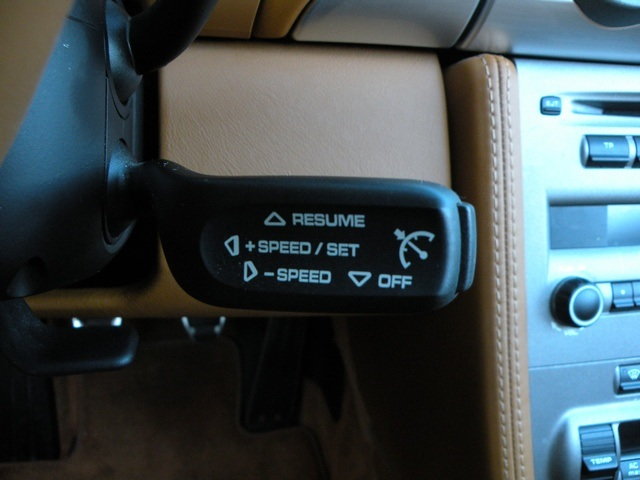
Take It Slow, Enjoy the Ride
Driving conservatively will certainly help your fuel consumption. This is much easier said than done when the vehicle is a world-class, high-performance sports car such as the Porsche. It may even be painful. There is plenty of research which indicates that as soon as 50 MPH and higher speeds are reached, fuel efficiency drops significantly. Driving conservatively isn't just about speed alone. If you don't mash the gas or slam the brakes on takeoff or stopping, you can keep a much better MPG rate than if you drive more aggressively. This is essentially what your cruise control does for you on the highway. Applying the same principles for city driving can boost your mileage by as much as five percent.

Maintain Your Porsche
Maintaining your car is a necessary task of responsible ownership. Skipping over some maintenance items to save a few bucks will likely cost you more in the end with premature wear or other items that may break down because you let something else go. This step includes getting regular oil changes, replacing worn tires, and replacing all the fluids at proper intervals as well as belts and other engine components. During these maintenance intervals, other items of concern will be found alerting you to potential issues in the long run. Maintenance items also include keeping your tires properly inflated and keeping your ride nice and clean. Under-inflated tires can decrease gas mileage substantially, and dirt increases drag. Keeping your ride clean and tires properly inflated can increase MPG savings up to 10 percent.
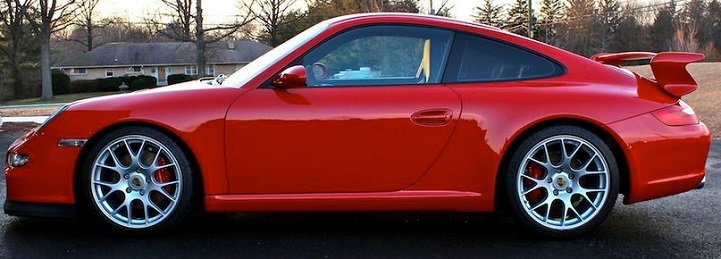
Avoid the Extra Pounds
Keeping your ride as light as possible will help keep your fuel consumption at bay. Roof rack systems help with storage capacity on those long journeys, but it will come at the cost of burning extra fuel no matter how aerodynamic the addition is.

Change Your Shifting Pattern
If you have a manual transmission, you may be shifting too late, letting the engine and RPMs race before shifting up. If you shift earlier up to the next gear at a lower RPM range, you can save yourself some valuable fuel. In the same fashion, if you down shift during deceleration sooner, this should save you a little on mileage.
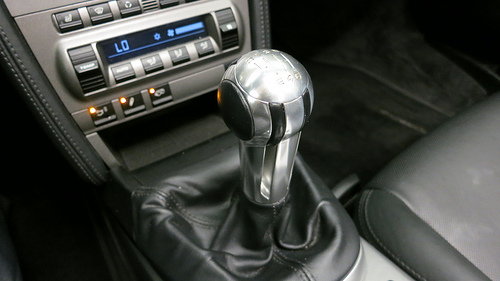
Related Discussions and Sites
- Gas Mileage Revisited - Rennlist.com
- Fuel Economy on a 997? - Rennlist.com
- Do You Believe in Miracles? - 6speedonline.com
- How to Maximize Your Vehicle's Fuel Economy - UcsUSA.org
- Driving More Efficiently - Fueleconomy.gov


